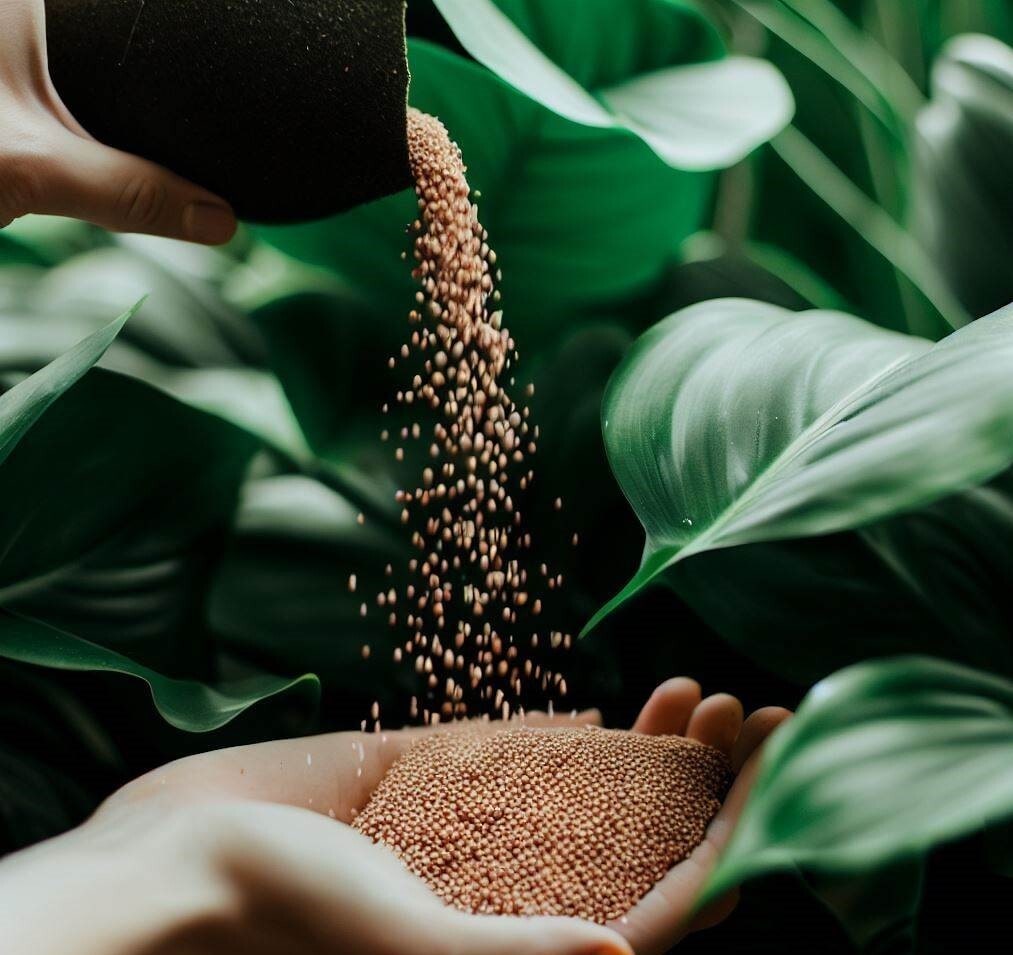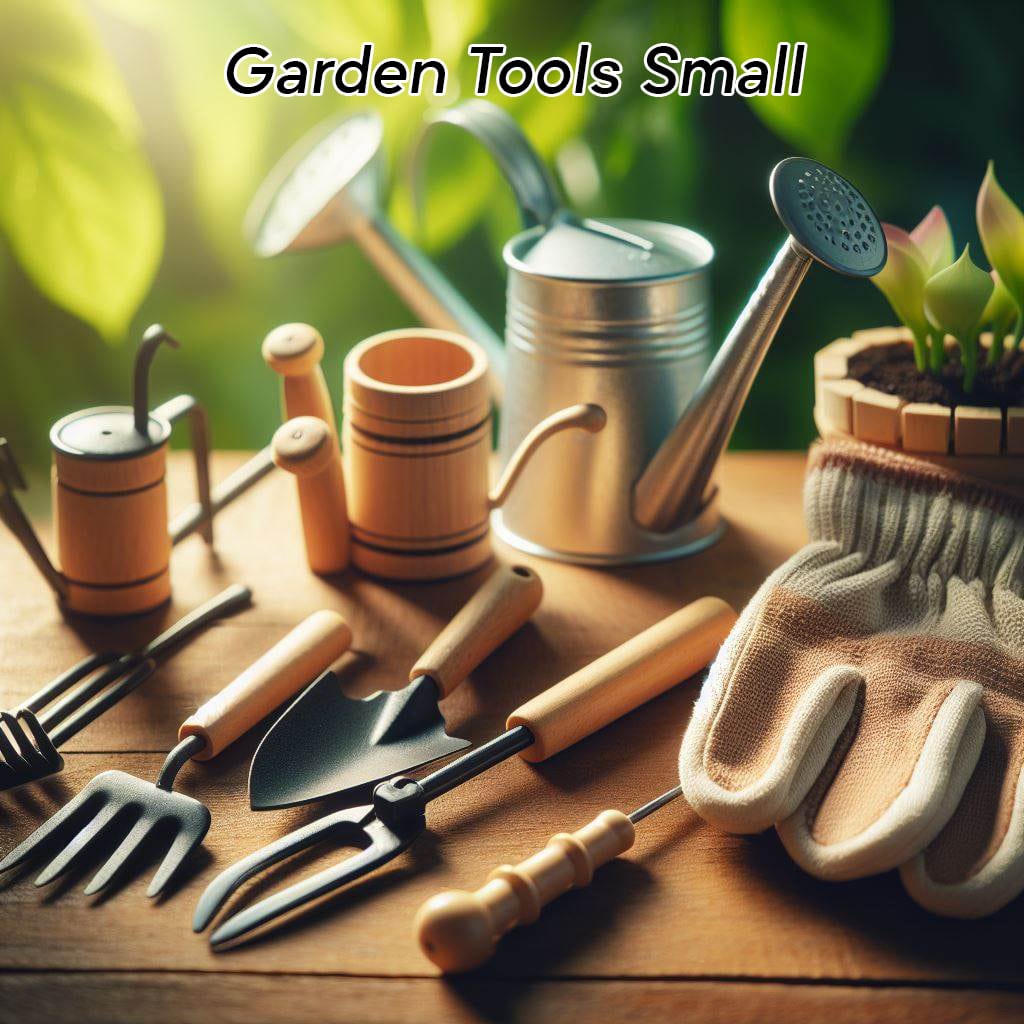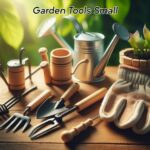The best fertilizer for anthurium plants is a balanced, water-soluble fertilizer with a ratio of equal parts nitrogen (N), phosphorus (P), and potassium (K), often referred to as an N-P-K ratio of 1:1:1 or 10-10-10. Anthuriums benefit from regular feeding during their growing season (spring and summer). In this article, we want to discuss the best fertilizer for anthurium.
Considering the best fertilizer for anthurium
Here are a few options for fertilizers that work well for anthurium plants:
All-Purpose Indoor Plant Fertilizer
Choose a well-balanced, liquid, or water-soluble fertilizer labeled for indoor plants. Look for an N-P-K ratio of 10-10-10 or similar.
Slow-Release Granular Fertilizer
Slow-release fertilizers gradually release nutrients over time, reducing the risk of over-fertilization. Look for a formulation with balanced N-P-K values.
Liquid Fertilizer for Flowering Plants
Some fertilizers are specifically formulated for flowering plants, and they can provide the necessary nutrients to support anthurium’s flower production.
Organic Fertilizers
Organic options like fish emulsion or seaweed extracts can also work well for anthuriums. Make sure they are specifically formulated for indoor plants and follow the recommended application rates.
Fertilizers with Micronutrients
Anthuriums benefit from micronutrients like magnesium, iron, and calcium. Some fertilizers include these essential trace elements.
When using fertilizers, follow these general guidelines:
– Dilute the fertilizer to half or a quarter of the recommended strength to prevent over-fertilization, which can lead to salt buildup.
– Apply the diluted fertilizer every 6-8 weeks during the active growing season (spring and summer).
– Water the plant thoroughly after fertilizing to distribute the nutrients evenly in the soil.
Remember that the specific fertilizer you choose should align with your care routine and the needs of your anthurium. Regularly assess your plant’s condition and adjust your fertilization schedule if necessary. Providing appropriate care in addition to proper fertilization will help your anthurium thrive and produce healthy foliage and vibrant flowers.
What is anthurium plant?
Anthurium plants, commonly known as “flamingo flowers” or “laceleaf,” are tropical flowering plants belonging to the Araceae family. They are native to the rainforests of Central and South America, particularly regions with warm and humid climates. Anthuriums are popular as ornamental houseplants due to their unique and vibrant flowers, as well as their glossy, dark green leaves.

Key features of anthurium plants include:
Striking Flowers
The most distinctive feature of anthurium plants is their showy flowers. The “flower” is a modified leaf called a spathe, which comes in various colors such as red, pink, white, and even green. The actual flowers are tiny structures on the spike-like spadix that emerges from the spathe.
Glossy Leaves
Anthurium leaves are often as attractive as their flowers. They are typically heart-shaped or elongated and have a glossy texture, enhancing the plant’s overall visual appeal.
Long-Lasting Blooms
Anthurium flowers have a relatively long lifespan, often lasting several weeks or even months. This makes them a popular choice for both indoor and outdoor decorations.
Tropical Origin
Anthuriums originate from tropical rainforests, which influences their care requirements. They thrive in warm temperatures, high humidity, and filtered sunlight.
Indoor and Outdoor Use
Anthurium plants can be grown indoors as potted plants or outdoors in tropical and subtropical climates. They are often used as decorative elements in homes, offices, and gardens.
Air Purification
Like many indoor plants, anthuriums are known for their ability to improve indoor air quality by filtering out pollutants and toxins.
Low Maintenance
While anthuriums do have specific care needs, they are generally considered low-maintenance compared to some other indoor plants.
Anthuriums are admired for their unique and colorful appearance, making them a popular choice among plant enthusiasts and decorators. However, providing proper care, including appropriate lighting, watering, and humidity, is crucial for their health and longevity.
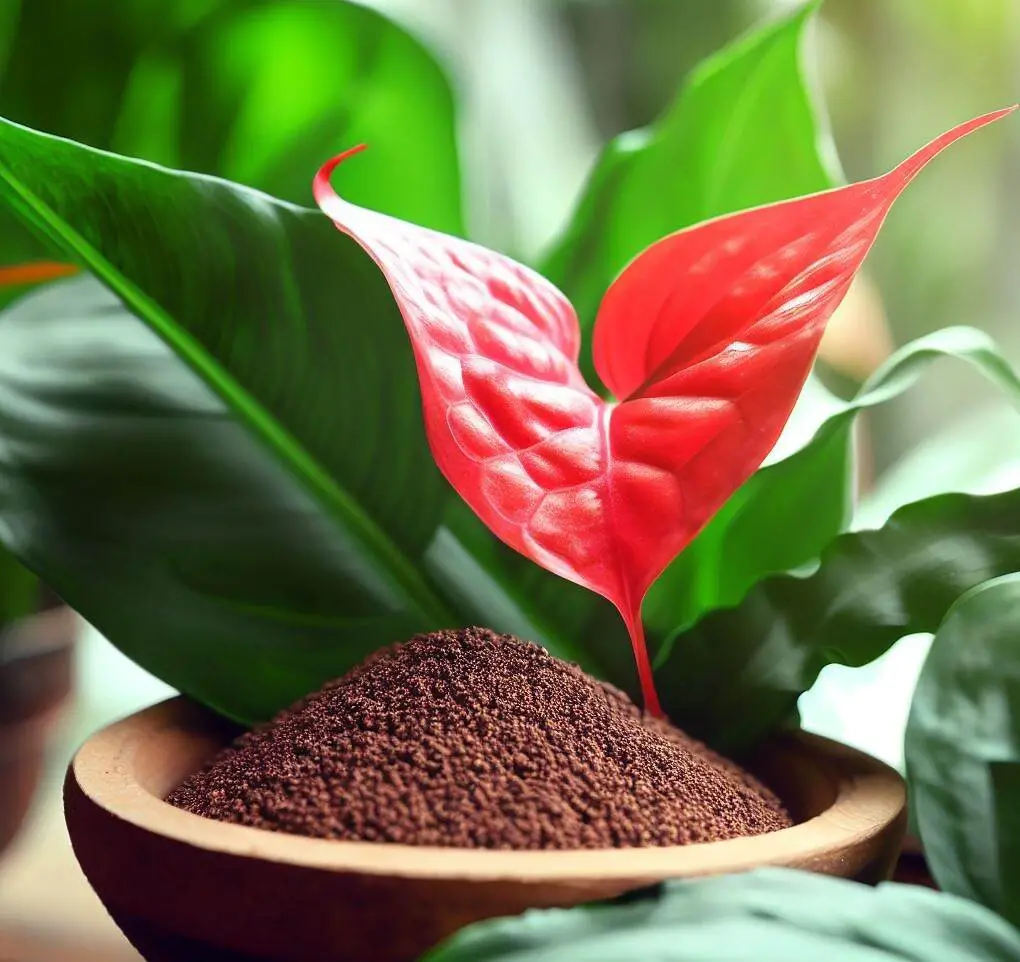
How fertilizers can be effective for anthurium plants?
Fertilizers can be highly effective for anthurium plants when used correctly and in conjunction with proper care practices. Fertilizers provide essential nutrients that support the plant’s growth, development, and flowering. Here’s how fertilizers can be effective for anthurium plants:
Nutrient Supply
Fertilizers supply essential nutrients like nitrogen (N), phosphorus (P), and potassium (K), as well as secondary nutrients and micronutrients. These nutrients are necessary for various plant functions, including leaf and flower development, root growth, and overall health.
Enhanced Growth
An appropriate fertilizer regimen encourages healthy vegetative growth. Nitrogen supports the development of lush, green leaves, while phosphorus and potassium contribute to strong root systems and overall plant vitality.
Flower Production
Fertilizers formulated for flowering plants provide the necessary nutrients to promote and sustain flower production. Adequate phosphorus and potassium levels are crucial for the development of vibrant and long-lasting anthurium flowers.
Foliage Health
Fertilizers containing micronutrients like iron, magnesium, and calcium help prevent nutrient deficiencies that can lead to discolored or unhealthy leaves.
Balanced Development
Using a balanced fertilizer with equal or similar N-P-K ratios ensures that all essential nutrients are supplied in proper proportions, preventing nutrient imbalances that can negatively impact the plant.
Correcting Deficiencies
If a soil test or visual symptoms indicate nutrient deficiencies, targeted fertilization can help correct these issues and restore the plant’s health.
Optimal Flowering
Applying a bloom-boosting fertilizer during the flowering season can enhance the quality and quantity of anthurium flowers.
Proper Care
While fertilizers are beneficial, they should be used as part of a comprehensive care routine. Proper watering, light exposure, humidity, and temperature are equally important for the plant’s health and response to fertilization.
Preventing Over-Fertilization
Using fertilizers in moderation and according to the manufacturer’s recommendations prevents over-fertilization, which can lead to salt buildup, root damage, and other issues.
To use fertilizers effectively for your anthurium plant:
1. Choose a balanced, water-soluble fertilizer with a balanced N-P-K ratio or a formulation designed for flowering plants.
2. Dilute the fertilizer to half or quarter strength to prevent over-fertilization.
3. Apply the diluted fertilizer during the growing season (spring and summer) every 6-8 weeks.
4. Water the plant thoroughly after fertilizing to distribute nutrients evenly in the soil.
Remember that the key to successful fertilization is moderation and consistency. Regularly monitor your plant’s health and make adjustments as needed based on its growth and overall condition.
What is anthurium plant in general?
In general, anthurium plants are tropical flowering plants belonging to the Araceae family. They are native to the rainforests of Central and South America. Anthuriums are popular ornamental plants known for their distinctive flowers and glossy, dark green leaves. Here are some key characteristics of anthurium plants:
Flowers
The most notable feature of anthurium plants is their unique flowers. The “flower” is a modified leaf called a spathe, which comes in various colors such as red, pink, white, and green. The actual flowers are small structures on the spadix, a spike-like structure that emerges from the spathe.
Leaves
Anthurium leaves are often as visually striking as their flowers. They are typically heart-shaped or elongated, with a glossy surface that adds to their appeal.
Indoor and Outdoor
Anthuriums can be grown both indoors and outdoors, depending on the climate. They are popular as houseplants due to their aesthetic appeal and air-purifying qualities.
Tropical Habitat
Anthuriums thrive in warm and humid environments, similar to their native tropical rainforests. They prefer filtered sunlight and can suffer from cold temperatures and drafts.
Long-Lasting Flowers
The flowers of anthuriums are long-lasting compared to many other flowering plants. They can remain in bloom for several weeks to months.
Low Maintenance
While they do have specific care requirements, anthuriums are considered relatively low-maintenance plants, making them suitable for a range of gardening skill levels.
Ornamental Use
Anthuriums are often used for ornamental purposes, both indoors and in outdoor gardens. They add a touch of color and elegance to living spaces.
Air Purification
Like many indoor plants, anthuriums contribute to improving indoor air quality by filtering out toxins and pollutants.
Varieties
There are numerous anthurium varieties and hybrids, each with its unique characteristics and colors.
Anthurium plants require proper care, including suitable light, humidity, temperature, and watering, to thrive and produce their striking flowers. When cared for appropriately, anthuriums can be a stunning addition to homes, offices, and gardens, offering beauty and a touch of the tropics to any environment.
Where we can find anthurium plants mostly?
Anthurium plants are commonly found in various settings, both indoors and outdoors, depending on the climate and preferences of plant enthusiasts. Here are some common places where you can find anthurium plants:
| Fertilizer Brand | N-P-K Ratio | Micronutrients | Application Frequency | Application Method | Special Considerations |
|---|---|---|---|---|---|
| Miracle-Gro | 9-3-6 | Yes | Every 2-4 weeks | Liquid | Balanced formula |
| Osmocote | 14-14-14 | Yes | Every 3-4 months | Granular | Slow-release pellets |
| Dyna-Gro | 7-9-5 | Yes | Every 2 weeks | Liquid | High phosphorus |
| Jack’s Classic | 20-20-20 | Yes | Every 4-6 weeks | Water-soluble | General-purpose |
| Espoma | 2-2-2 | Yes | Every 4-6 weeks | Liquid or Granular | Organic formula |
Nurseries and Garden Centers
Nurseries and garden centers often carry a variety of anthurium plants for sale. You can find different sizes and varieties, making it easy to choose one that fits your preferences and space.
Flower Shops
Many flower shops and florists offer anthurium plants, especially during the blooming season when their vibrant flowers are in demand for gifts and arrangements.
Home Improvement Stores
Large home improvement stores often have a garden or indoor plant section where you can find anthuriums, especially during the warmer months.
Online Retailers
Numerous online plant retailers offer a wide selection of anthurium plants. You can explore different varieties and have the plant delivered directly to your doorstep.
Indoor Plant Shops
Specialty indoor plant shops or boutique plant stores often feature anthurium plants due to their popularity as houseplants.
Botanical Gardens
Some botanical gardens have sections dedicated to tropical plants, including anthuriums. Visiting botanical gardens can inspire and allow you to see anthuriums in a lush and natural setting.
Greenhouses
Greenhouses that specialize in tropical plants are likely to have anthuriums available for purchase. These controlled environments provide optimal conditions for tropical plants to thrive.
Horticultural Exhibitions and Shows
Plant expos, gardening shows, and horticultural events often feature vendors selling a wide variety of plants, including anthuriums.
Private Collections
Plant enthusiasts and collectors may also have anthurium plants in their collections. Some might offer cuttings or young plants for sale or trade.
The availability of anthurium plants can vary based on your location, the time of year, and the demand for these popular and visually striking plants. When searching for anthurium plants, consider visiting local nurseries and plant retailers, exploring online options, and participating in plant-related events in your area.
Where is the best area for fertilizing anthurium?
The best area for fertilizing anthurium plants is the root zone of the plant. Fertilizers should be applied directly to the soil or growing medium in which the anthurium is planted. This allows the plant’s roots to absorb the nutrients and utilize them for growth, flowering, and overall health.
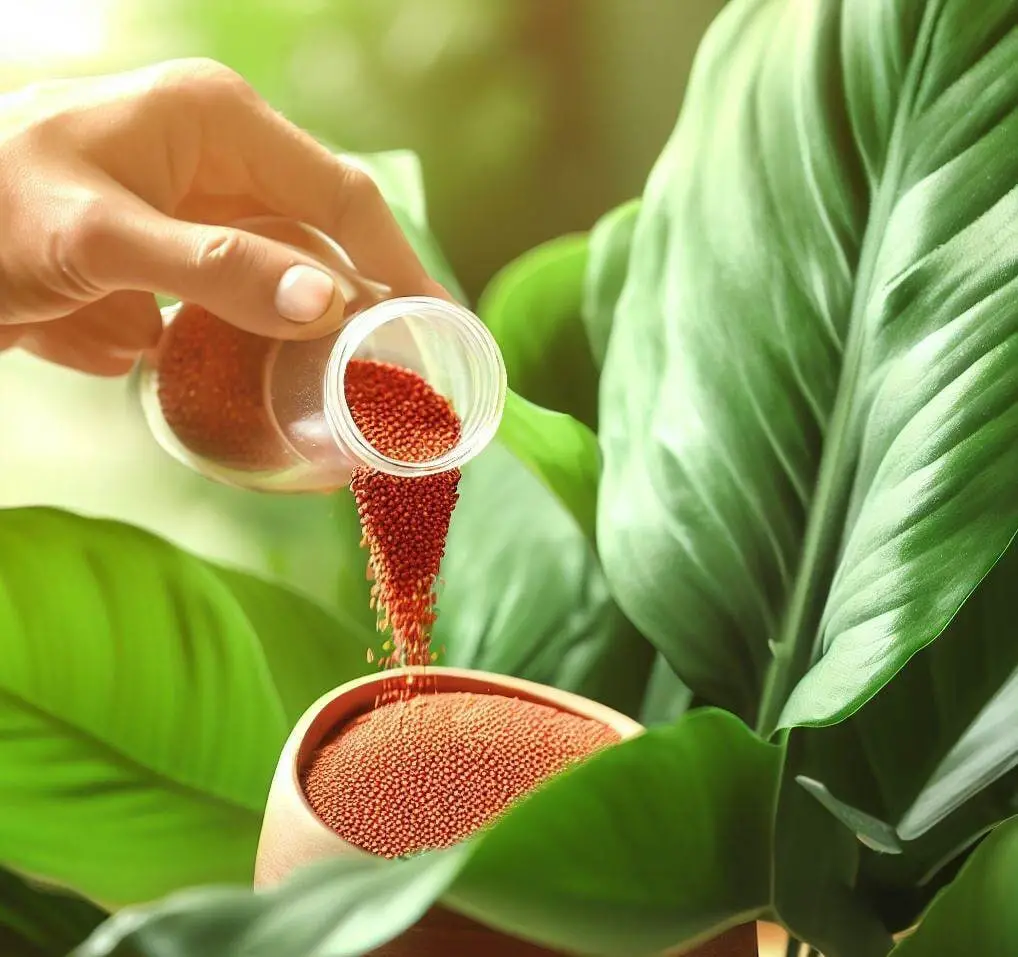
Here’s how to apply fertilizer to an anthurium effectively:
Surface Application
Sprinkle the recommended amount of diluted fertilizer evenly on the surface of the soil or growing medium. Be careful not to allow the fertilizer to touch the leaves, as it can cause burns.
Watering-In
After applying the fertilizer, water the plant thoroughly. This helps to distribute nutrients throughout the soil and prevents the accumulation of fertilizer salts at the surface.
Avoid the Crown
Avoid applying fertilizer directly to the base or crown of the plant. Fertilizer contact with the crown can lead to rot or other issues.
Frequency
Fertilize your anthurium during the growing season (spring and summer) every 6-8 weeks. Avoid fertilizing during the dormant period (fall and winter) when the plant’s growth slows down.
Dilution
Dilute the fertilizer to half or a quarter strength of the manufacturer’s recommended dosage. This prevents over-fertilization, which can harm the plant.
Fertilizer Type
Use a balanced, water-soluble fertilizer with equal parts nitrogen (N), phosphorus (P), and potassium (K) or a formulation designed for flowering plants.
Consider Soil Conditions
If your anthurium is planted in a potting mix with slow-release fertilizer granules, follow the manufacturer’s instructions and avoid adding additional fertilizer until the granules are exhausted.
Always follow the instructions on the fertilizer packaging for proper dilution rates and application methods. Providing the right amount of nutrients in the root zone allows the anthurium to uptake the necessary elements for growth and flowering while minimizing the risk of over-fertilization or fertilizer burn.
Do all plants need fertilizers?
Not all plants require fertilizers, but many can benefit from them when used appropriately. The need for fertilizers depends on several factors, including the type of plant, its growth stage, the type of soil or growing medium it’s planted in, and the overall health of the plant. Here’s a breakdown of different plant categories of fertilizers:
Native Plants
Plants that are native to a particular region might not require fertilization if they are already adapted to the local soil and nutrient conditions. However, even native plants can benefit from occasional fertilization if their growth is sluggish or they show signs of nutrient deficiency.
Houseplants
Many houseplants benefit from regular fertilization, as the nutrients in potting mixtures can deplete over time. Fertilizing helps maintain healthy growth, especially for plants that are actively growing or flowering.
Vegetables and Fruits
Edible plants like vegetables and fruits generally benefit from fertilization. Providing the right nutrients can enhance fruit production and yield.
Flowering Plants
Flowering plants often benefit from fertilization, especially during their active growing and blooming phases. Proper nutrient levels can lead to more vibrant and abundant flowers.
Lawns
Lawns are usually fertilized to maintain their lush appearance and promote healthy grass growth.
Fast-Growing Plants
Plants with rapid growth rates might require more frequent fertilization to support their high nutrient demands.
Slow-Growing Plants
Slow-growing plants, especially those in low-nutrient environments like rock gardens, might require minimal or infrequent fertilization.
Nitrogen-Fixing Plants
Some plants, like legumes, can fix nitrogen from the air with the help of symbiotic bacteria. They might need less external fertilization, as they can produce their nitrogen.
Mature Plants
Mature plants that have reached their desired size might require less frequent fertilization compared to younger, growing plants.
Sensitive Plants
Some plants are sensitive to excess nutrients, and over-fertilization can harm them. These plants might require very minimal or no fertilization.
It’s important to observe your plants, monitor their growth, and be attentive to any signs of nutrient deficiencies or over-fertilization. When using fertilizers, follow the recommended dosage and application frequency to avoid causing harm to your plants. Soil testing can also help determine the specific nutrient needs of your plants and guide your fertilization regimen.
Conclusion
In this article, we discussed the Best fertilizer for anthurium which is different so you need to understand that the plant can fertilize easily through the ways that we mentioned.
if you want to know more:

